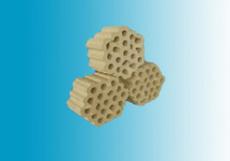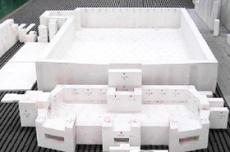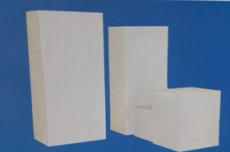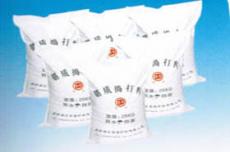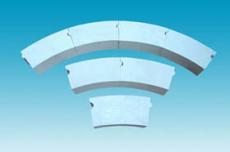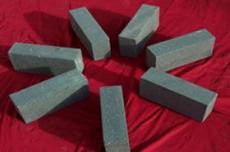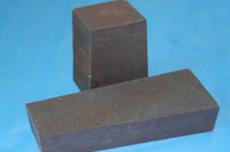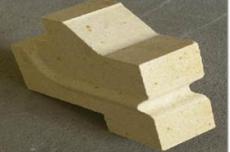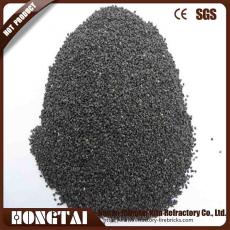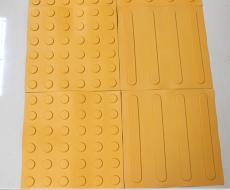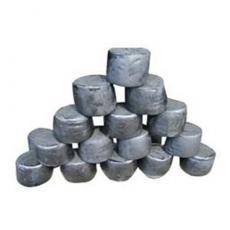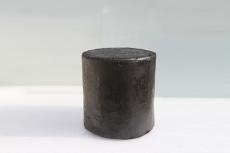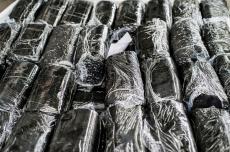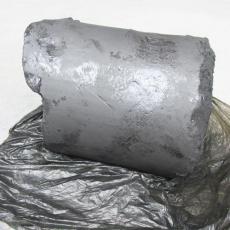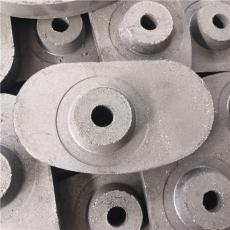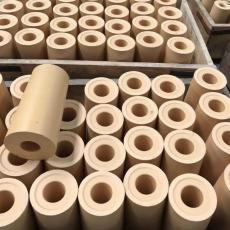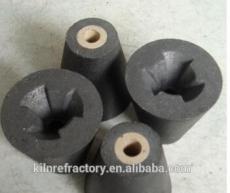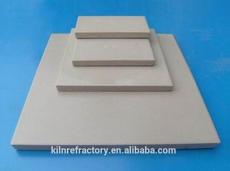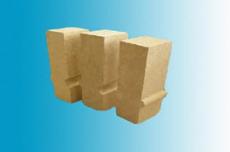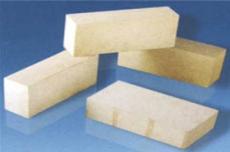
Rapid-setting explosion-proof refractory concrete, as its name suggests, exhibits excellent tensile strength. The addition of explosion-proof fibers during the production process ensures high explosion resistance during use and prevents ruptures and explosions caused by sudden temperature increases and collisions. Rapid-setting explosion-proof refractory concrete is resistant to high-temperature fatigue and flame impact, and has excellent corrosion resistance. It can be used in acidic, alkaline and highly corrosive environments. 1. Rapid Curing and High Temperature Resistance
Rapid-setting explosion-proof refractory concrete sets quickly and reaches high strength within 24 to 72 hours. It also quickly removes moisture from concrete, effectively preventing structural problems caused by moisture retention. It is also suitable for high-temperature environments and exhibits excellent corrosion resistance and wear resistance, especially in high-temperature equipment such as heating furnaces. It can withstand high-temperature tests for a long time and maintain its structural stability. It also exhibits excellent resistance to high-temperature fatigue and fire impact, further enhancing its reliability in high-temperature environments.
2. Crack and corrosion resistance
Rapid-hardening explosion-proof concrete exhibits excellent explosion resistance due to the addition of fire-resistant fibers during the production process. Even under harsh conditions such as sudden temperature increases and sudden impacts, it does not crack or explode, ensuring safe industrial production. In addition, it exhibits excellent corrosion resistance, can be stably used in acidic, alkaline and highly corrosive environments, effectively resists erosion by various chemical environments, and achieves a long service life. Organic fibrous explosion-proofing agents and alkaline emulsion explosion-proofing agents added during the production process play an important role in this. The organic fibrous explosion-proofing agent quickly shortens or decomposes the fibers in the concrete when heated, creating porous channels and allowing the water vapor generated during heating to evaporate quickly. The alkaline emulsion fire retardant dehydrates and gels when heated and dried, forming network microcracks in the matrix. This improves air permeability, reduces the vapor pressure in the material, effectively prevents explosions and collapses, and provides explosion-proof protection.
3. Flowability, stability and application
Quick-drying fireproof concrete has excellent flowability and stability. This makes it easy to process and ensures uniform filling and stable molding even under difficult working conditions. It is widely used for reinforcement, reconstruction and new construction of industrial furnaces such as pipes, chimneys and boilers in industries such as furnaces, power, petrochemicals, metallurgy, cement, glass and paper. In addition, its rapid dehydration reduces the pressure caused by deposits in the material and prevents the rupture of the molded body. Explosion-proof alkaline emulsions have the property of dehydrating and gelling the material when heated and dried, forming a network of microcracks in the matrix and improving air permeability. Thanks to these properties, quick-drying explosion-proof materials have unique application advantages, meet the requirements of various industrial environments, and provide reliable protection and reinforcement for various industrial equipment.
